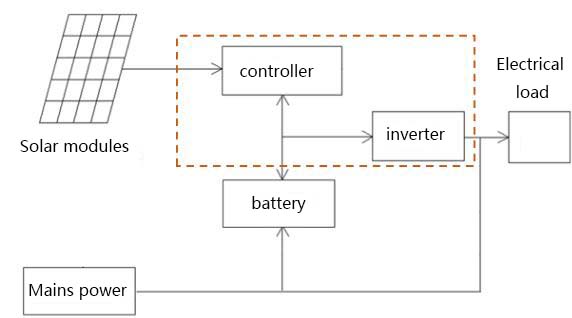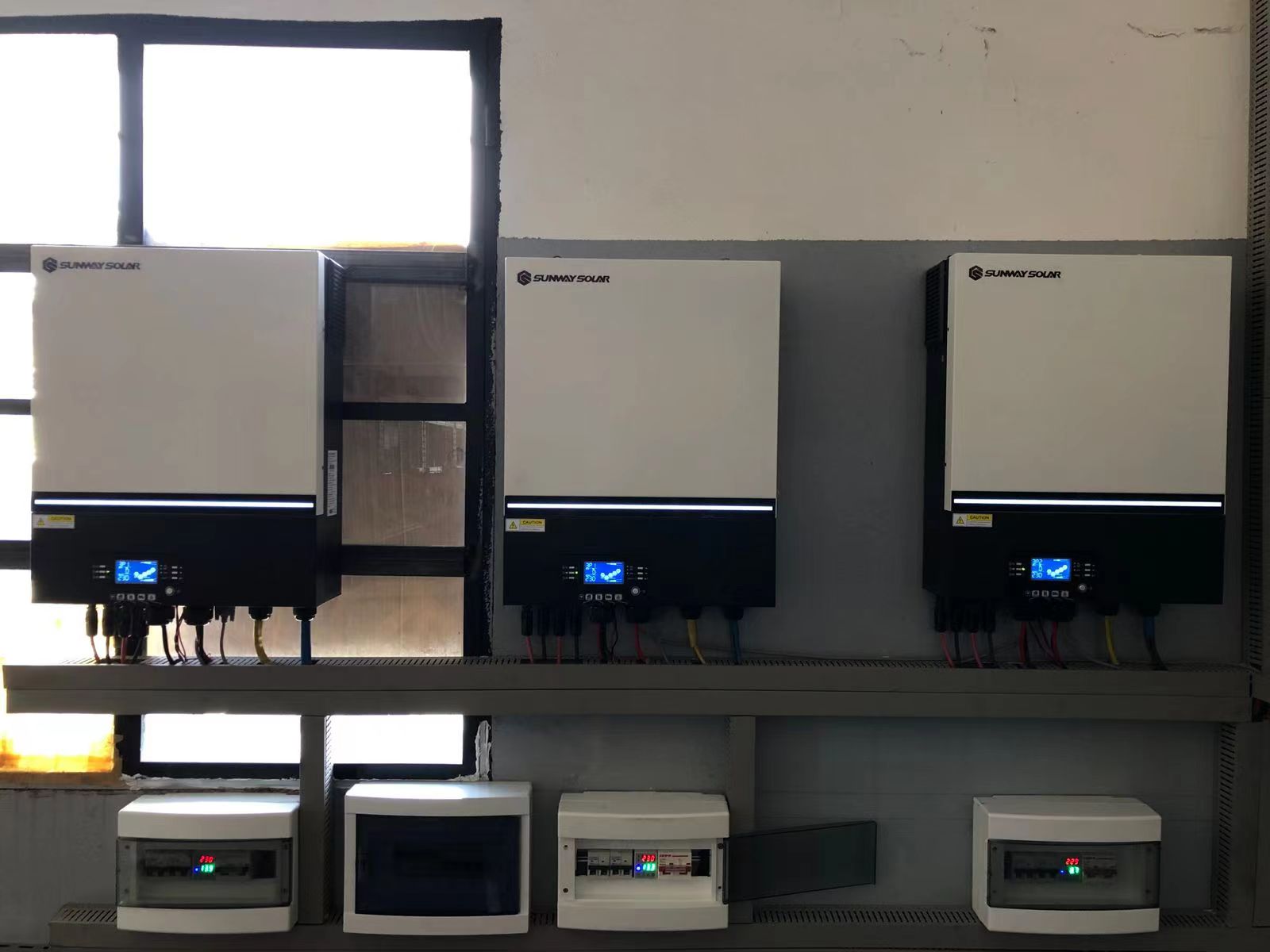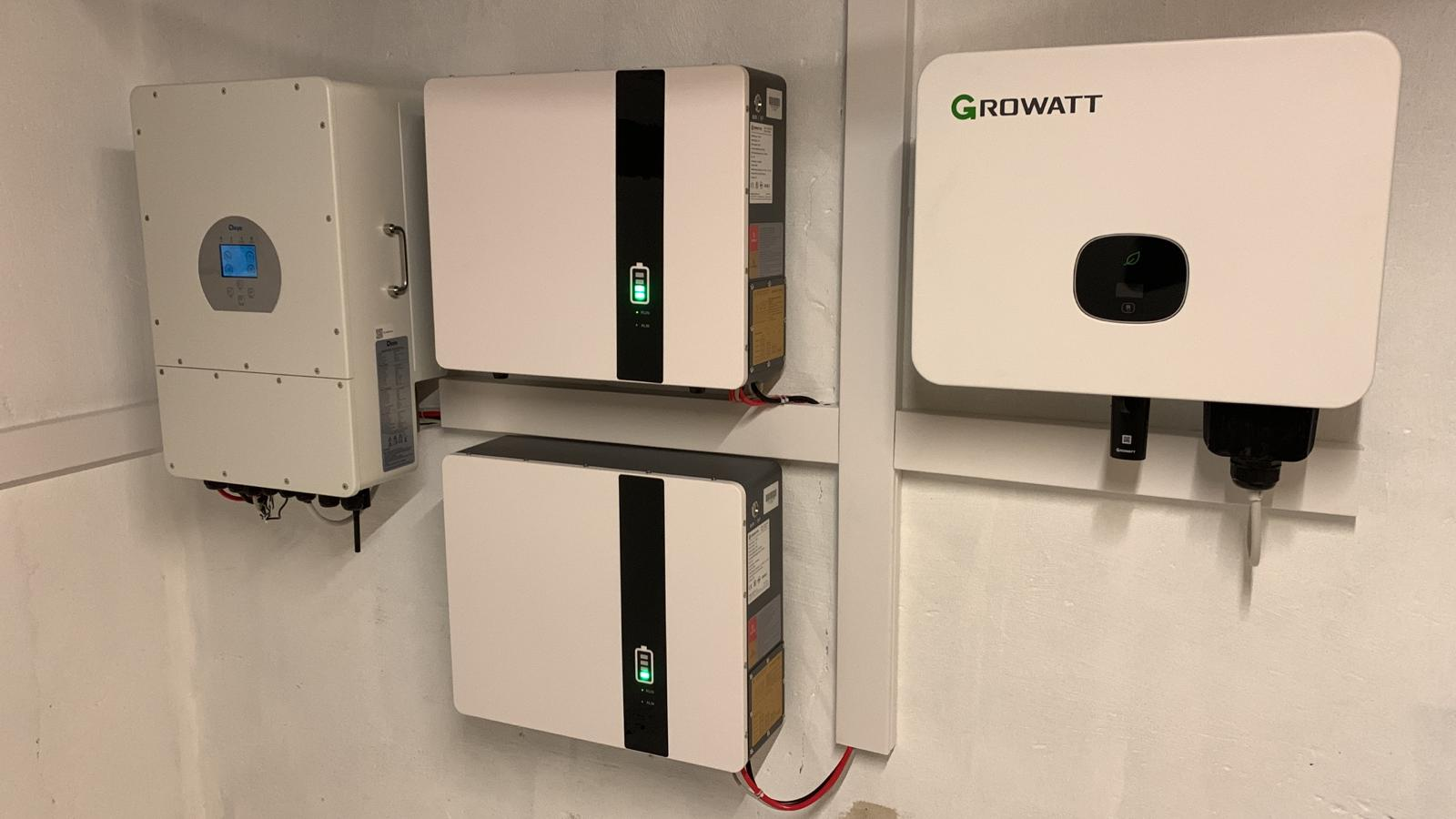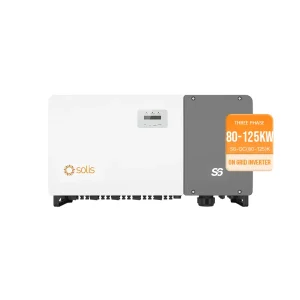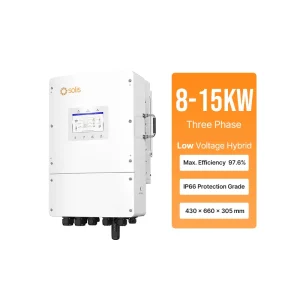Photovoltaic off-grid power generation system consists of a photovoltaic array, solar controller, inverter, battery pack, load, etc. The photovoltaic array converts solar energy into electrical energy, charges the battery bank through the controller, and then supplies power to the load through the inverter. Since there is an additional battery between the photovoltaic and the inverter, there will be many changes in the current direction and equipment selection.

Schematic diagram of off-grid power generation system
Does photovoltaic power generation have to enter the battery first and then enter the load?
When current enters the battery and is released again, there is a certain loss, which will also reduce the life of the battery. So does the inverter have a function that allows the current to be used directly by the load without charging and discharging the battery? In fact, this process can be realized, but it is not realized by the inverter, but automatically by the circuit supply.
From the circuit principle, the current can only flow in one direction at the same time. That is, at the same moment, the battery is either charging or discharging, and the battery cannot be charged and discharged at the same time. Therefore, when the solar power is greater than the load power, the battery is in a charging state, and all the electrical energy of the load is provided by photovoltaics. When the solar power is less than the load power, the battery is in a discharge state, and all photovoltaic power generation is directly provided to the load without going through the battery.
Calculation of battery charging current
The maximum charging current of the battery is determined by three aspects: first, the maximum charging current of the inverter itself, second, the photovoltaic module is too small, and third, the maximum charging current allowed by the battery. Under normal circumstances, the charging current of the battery = photovoltaic module power * MPPT efficiency / battery voltage. For example, the module power is 5.4kW, the controller’s efficiency is 0.96, and the battery voltage is 48V, then the maximum charging current = 5400*0.96/48= 108A. Mains charging is basically calculated based on the maximum charging current of the inverter. If the maximum charging current of the inverter is 100A, the current will be limited to 100A. Then it depends on the maximum charging current of the battery. Now ordinary lead The charging current of acid battery is generally 0.2C, which means that for a 12V200AH battery, the maximum charging current is 200*0.2=40A, so three batteries must be connected in parallel to meet the current of 100A. Nowadays, lithium batteries are available in 48V100A version, which can also be selected. .
Calculation of discharge current
The maximum discharge current of the battery is also determined by three aspects: first, the maximum discharge current of the inverter itself, second, the load is too small, and third, the maximum allowable discharge current of the battery. Under normal circumstances, the discharge current of the battery is determined by the load. The discharge current of the battery = load power/battery voltage * inverter efficiency. For example, if the load power is 3kW, the battery voltage is 48V, and the inverter efficiency is 0.96, then this The maximum charging current = 3000/(48*0.96) = 60A. Please note that the charging and discharging capacity of the battery may be different. For some lead-carbon batteries, the discharge current can reach 1C. When the optical energy storage system is operating normally, if there is light, the current of the battery may not be calculated according to the above formula. The current of the battery should be less, because it is possible that the photovoltaic and the battery can supply power to the load at the same time.
How to design battery cables
Off-grid inverters all have overload capabilities. For example, a 3kW off-grid inverter can support the starting of a 1kW motor, and the maximum instantaneous starting power can reach 6kW. Some people think that the energy of this instantaneous power must be supplied by the outside of the inverter. Provide, in fact, millisecond-level energy cannot be provided by photovoltaics or batteries, but inverters can provide it. There are energy storage components inside the inverter – capacitors and inductors, which can provide instant power. The same cable is used for charging and discharging the battery, so when designing, it is necessary to calculate the actual charging and discharging current. Whichever one is the largest, choose which one. For example, a 5kW inverter is equipped with 4kW components and a 3kW load. The battery is 48V600AH, the maximum charging current of the inverter itself is 120A, the maximum charging current of photovoltaic is 80A, when the load is maximum, the maximum discharge current of the battery is 65A, if the inverter does not support simultaneous charging of photovoltaic and mains power, select the cable according to 80A, use 16 square meters. If the photovoltaic and mains power can be charged at the same time, the current can reach 120A. In this case, the cable needs to be 25 square meters.
Summarize
When the photovoltaic output is about the same or slightly larger than the load power, the photovoltaic current can be directly supplied to the load without passing through the battery, and the off-grid system has the highest efficiency; when the photovoltaic power generation and load consumption are not in the same time period, for example, the photovoltaic power generation during the day and the load power consumption at night, at this time, photovoltaic power generation must first enter the battery and then enter the load, and the efficiency of the off-grid system is low. The battery cable should be designed according to the maximum charging and discharging current of the battery. The current of the same inverter in different applications is different and needs to be calculated differently.


